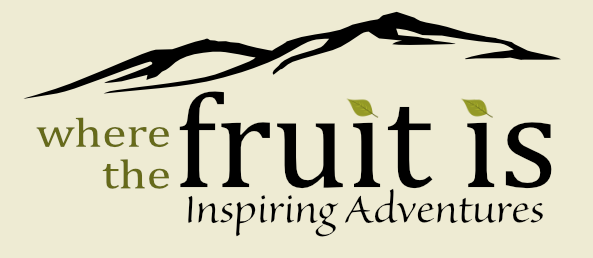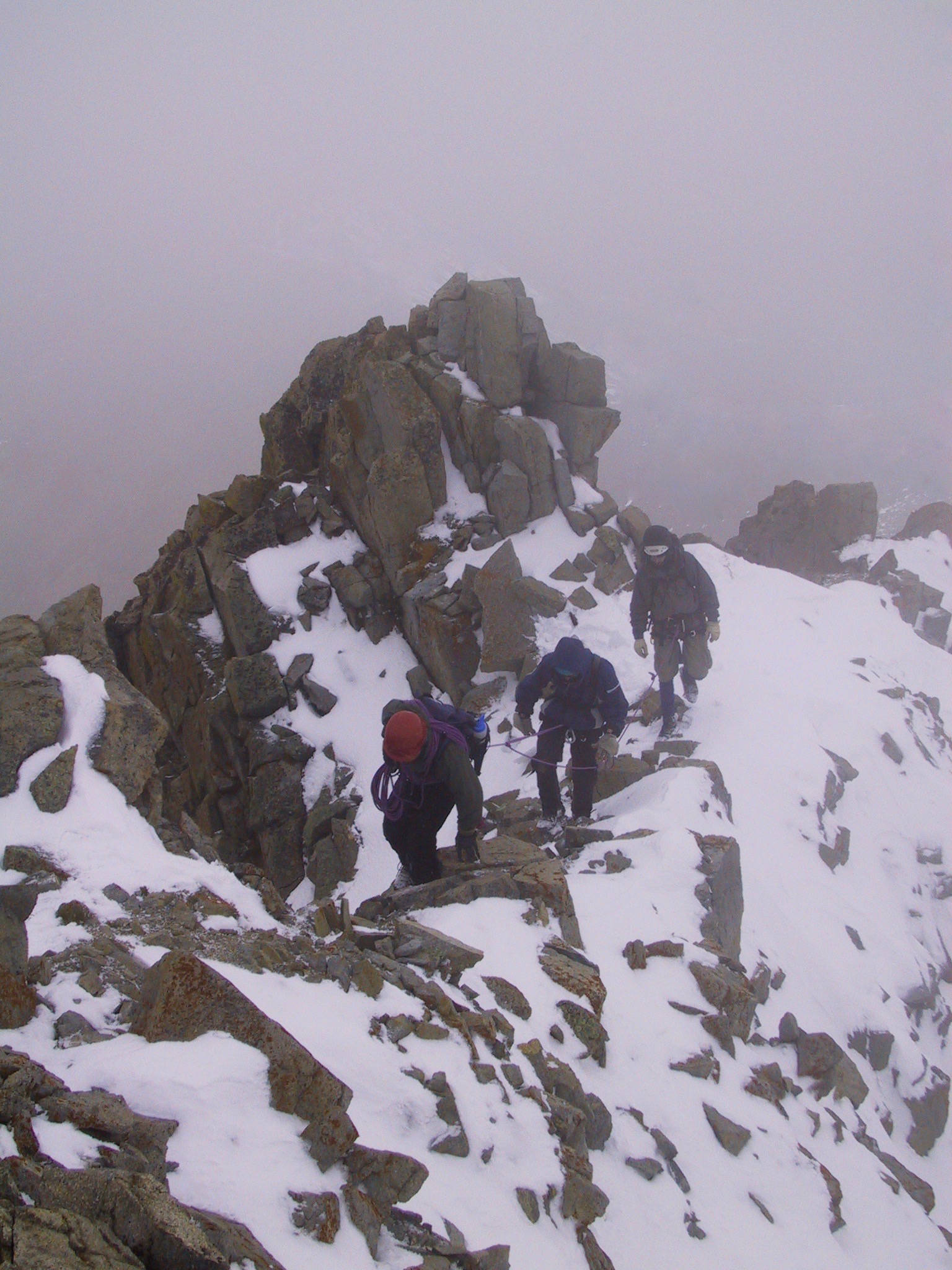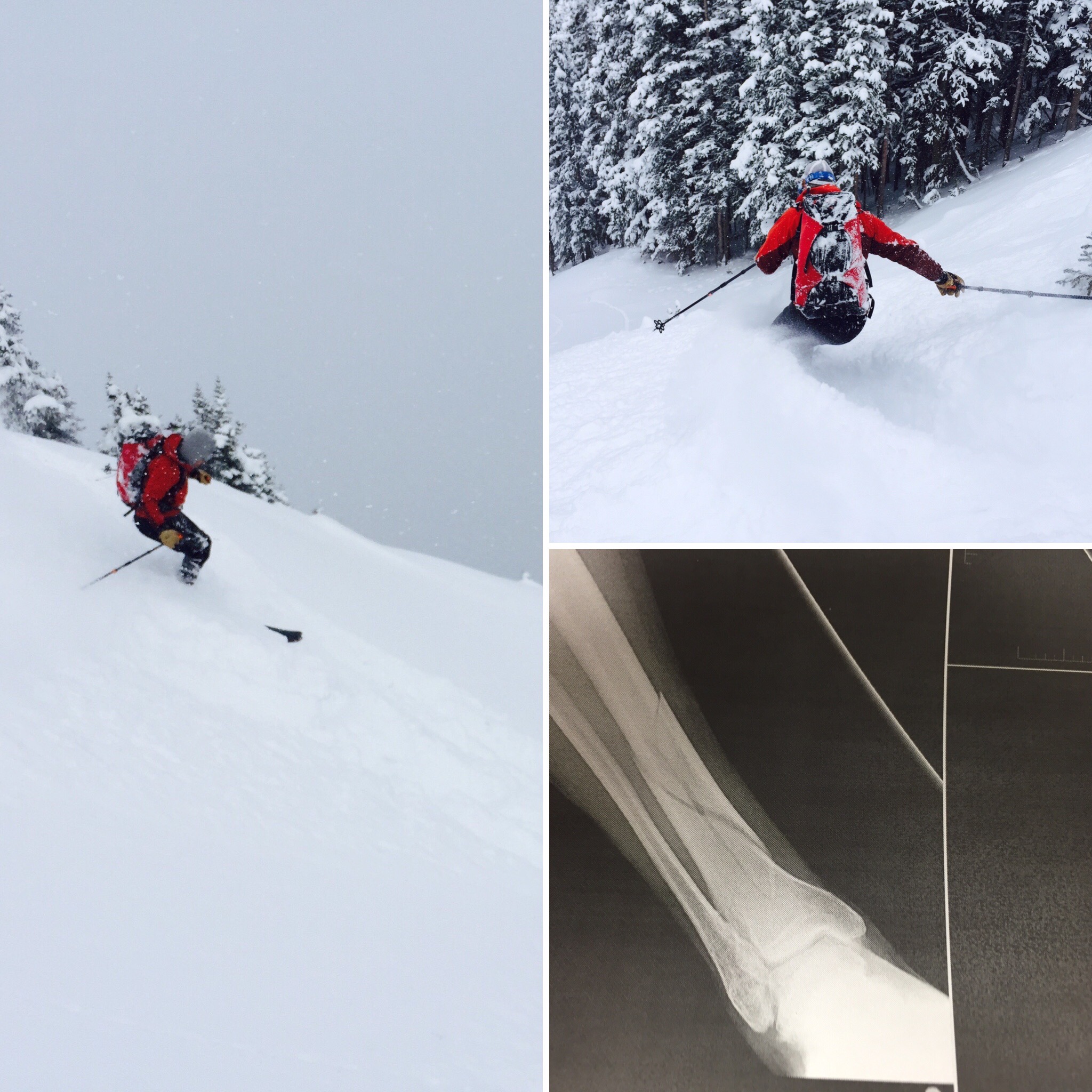Eight Tools That Adventure Develops and Everyone Needs
Have you ever read an explorer’s biography and wondered how they did what they did? Do you imagine big adventures and wish you had more of them in your life? The good news is it is relatively easy to start down adventure avenue. Once you have begun indulging in its wonders, the skillset grows exponentially, giving you the tools to go bigger and better.
“Adventure - the feeling you gain from an uncertain outcome.”
There are eight skills that every adventurer practices, and as long as we use a natural progression of experiences, we learn them all quickly and safely. If we feel nervous, we can find a guide or instructor to teach us. The beautiful thing is that this well-rounded range of abilities not only allows us to have many subsequent and safe adventures they are also desirable life skills that lead to fulfillment and hopefully meaningful service. Taking time to grow the skill set will set us up for a vibrant life and what I love most is that when we partake in adventure, it occurs naturally and never seems like a chore.
Dreaming
A little vision goes a long way
All ideas start somewhere. Adventurers spend significant amounts of time in that creative headspace where we generate ideas for things we want to do. We also spend a great deal of time dreaming (or visualizing) about what will happen and what we will be doing when it happens. Like athletes running a play in their heads, we feel things before committing to them. This “real” dreaming sets us up for success and makes the next step easier. Malcolm Gladwell wrote a great piece on Physical Genius in the New Yorker in 1999.
When psychologists study people who are expert at motor tasks, they find that almost all of them use their imaginations in a very particular and sophisticated way.
I believe adventurers are also sophisticated in the use of our imaginations and each adventure makes us more so.
Planning
Optimizing Outcomes
It amuses me when adventurers/dirtbags are stereotyped as lazy. Our priorities are just different. Invariably, we are more driven and accomplished than most, even if initial appearances do not suggest this to be the case. On deeper inspection, there is a catalog of experiences that we made happen. A number of these experiences took significant planning. A developed skillset comes into life through an often lengthy process of trial and error. However, we can now plan events for a few people on the back of a beer mat. Or, we can organize much more complex logistical endeavors on a substantial spreadsheet. Again the motivation exists to acquire a skill that would be passed by if the result was not so rewarding. Organizing the safe return of multiple people in hazardous environments in a country where we do not even speak the language is a testament to the ability to “get things done.” Managing the food and equipment for any expedition requires attention to detail that most companies would love to see in their employees.
Being Present
Channeling your inner monk
Meditation is rapidly gaining popularity, and for a good reason. Learning how to control our mind means we can harness more of its capabilities and become more efficient. I remember meeting some people in Kathmandu, and when I asked why they were there, they talked about a meditation class they were attending. They were interesting, so I chatted longer. Then they started talking about what they were most excited about: an out-of-body experience where they were observing themselves. They were initially highly skeptical when I told them I could do that, especially as I had received no formal training. When I said I could make it happen whenever I wanted, there was a certain amount of disbelief, but then I explained the process. It involved rock climbing at height without a rope and towards the upper limit of my abilities. As I set out to make complex moves, I would find myself sitting on my shoulder explaining the following sequence to myself. When the term adrenaline junky is thrown around, I think the real point of the motivation is lost. I believe that folks who indulge in their version of extreme adventure, one where they are operating towards the limits of their capabilities and where the consequences are genuine, are seeking extreme focus. Any adventure brings us to a more attentive and observant mindset—one where we are here and now. Once we know how to achieve it in one way, it is easier to replicate it in others. Again when I look at my adventurous friends in the middle of a situation, they are the ones who are observant and take everything in. They are the ones who can act because they are not crippled by a mind that is racing at 100 miles per hour.
Navigating
Figuring out where you are and where to go next
Navigation is a beautiful art; at its heart, it is straightforward. Take a representation of what we think will happen and cross-reference it with what is happening. If it isn’t, we figure out why not and where we might be. It is an exercise in being present and aware of what we are doing and seeing. How far have I come? What features have I passed? It is an exercise in interpreting visual code, looking at a map, and creating a 3-D picture that we can use to see all the relevant information of the next stage of our route, creating a checklist of what we will observe and then as we travel on our way checking for those features. I have always enjoyed teaching navigation because it is a beautiful analogy for how we can approach life. And while I enjoy having access to GPS, there is a reason why I do not teach its use until after a map and compass. It has nothing to do with the apparent thought that technology sometimes fails us, and it is wise to learn a technique that does not require a battery and hard drive. It has far more to do with how using GPS is predominantly a reactive technique, whereas using a map and compass is far more proactive. The beautiful thing is that several of these adventure skills feed each other. Navigation is a form of both dreaming and planning; when we practice one, we develop the others and vice versa.
Managing Risk
Staying safe
Managing risk lies at the heart of all adventures. If we are courting the feelings resulting from the uncertainty, we need to know how to balance the risk of gain and loss and decide if one is worth the other. We also have to balance the potential threat with its likelihood. Let me explain. First, we look for the hazards, places, or activities where there is a potential for things to go wrong. Then we want to create a quick assessment of the potential issue and assign it a value. If I slip from this rock, I might break my ankle, that is, six weeks in a cast, and with my insurance, it will cost me, say, $500. The thing about risk is that it is different for everyone. One person might land catlike on their feet with no injury, while someone else might have no insurance and face a bill of $20,000. Given the value, we then assess how likely the risk is to happen. Maybe it is dry, and I am wearing grippy shoes. I feel good up here. A fall is unlikely. Or, it is wet, and my boots are slippy; I do not feel safe here. Again no two situations are precisely the same; different people will have different results for both the potential and likelihood and, therefore, will have different answers to whether the risk is worthwhile. The beauty of uncertainty is that while there is a risk of things going wrong, there is also a risk of something going well. As Mark Twain is reputed to have said, “why not go out on a limb? That is where the fruit is.”
Trusting
Being open to good intentions
Tie into a rope with someone and launch on an adventurous climb. By the end of the day, we are either firm friends or walking in the opposite direction, never to see each other again. Adventure has a way of polarizing trust. If we want partners we can trust, we have to be trustworthy. This trust is not earned through idle chatter but rather through actual action. Word gets out quickly when we are not attentive to our partner's needs. There are so many unwritten rules in the world of adventure based on the concept of treating others how we want to be treated. For example, if our partner is hurt, it is our job to bring them home safely. It often requires a lot of work, skill, and perseverance. However, when we know someone is willing to put themselves in harm's way to remove us from it, we know we are with good people. The world of adventure is full of good people. When we have felt this level of trust, we know what a good partner or friend is and how to be one.
Accepting Adversity
Knowing bad things happen and dealing with them
If we adventure long enough, something terrible will happen, and we will have to accept and deal with it. People are hurt and worse. Sometimes it happens to friends; sometimes, it happens to us. In a society where through western medicine, we often buffer ourselves from the reality of death, sickness, and injury as experienced by other cultures, adventure is a reminder of what our ancestors knew and experienced. These experiences leave us far more prepared for dealing with difficult situations, failing relationships, unemployment, and laying off staff. When we can accept that crap does happen and that it is neither personal nor defines us, it allows us to shine and show the world what we are capable of. If stonefall hits us on a crag or we are lost or injured in the wilderness, there is no advantage to waiting for someone else to come and tidy up our situation. We learn to deal with adversity; what’s more, we often train to deal with it so that its occurrence is far less detrimental or likely. I, for one, appreciate having adventurers in my life because they are far better at seeing a situation for what it is and help me to do the same. They help me to pick myself up and dust myself off because we have all had to do it before and will inevitably have to do it again.
Finding Solutions
Making things the best they can be
One of the things I love about adventure is that it breeds optimists. We recognize that we cannot always control what happens to us. However, we also know we can control how we react to a situation. At this point, a whole new world opens up. Generally, positive outcomes occur when we focus 100% of our energy on finding a solution rather than lamenting what has gone wrong. When I think of all the situations I have dragged myself out of with this approach, I cannot help but smile. This attitude was cultivated in the mountains and evolved while traveling in developing countries. It ramped up to a new level when I took other people’s children into the mountains in developing countries. Approaching life in this optimistic, solution-focused manner is probably the single biggest key to a successful and fulfilling life.
How are you going to bring more adventure into your life? What are you hoping to develop as you do so? And, how can we help?
Parents might like to read Children and the Adventurers’ Skillset








